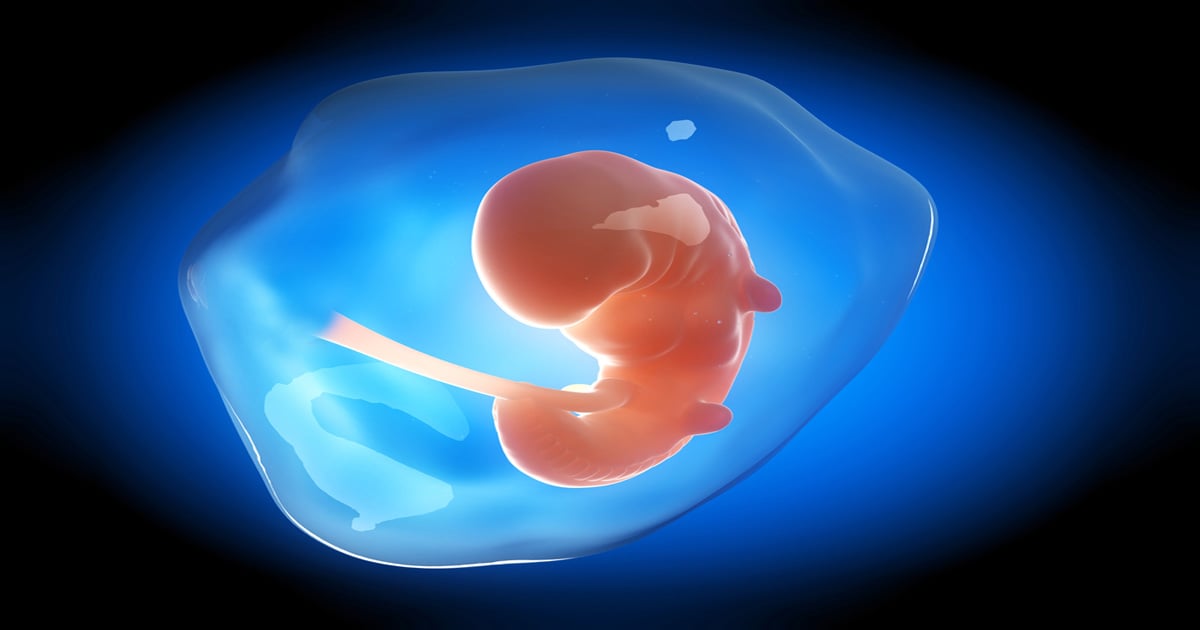
Normal amniotic fluid skin#
Initially, the amniotic fluid is absorbed by the baby’s skin and tissue.Īt around 20 weeks of pregnancy, the skin begins to change, and the fluid is ingested rather than absorbed. The other source of amniotic fluid is fluid excreted from the baby’s lungs. In the second trimester, proteins, carbohydrates, lipids, and urea are present these aid in the baby’s growth.įrom around 16 weeks of pregnancy, the baby’s kidneys begin to function, and fetal urine becomes the main source of amniotic fluid. Until the 12th week of pregnancy, amniotic fluid is mostly water, with electrolytes.

Gradually, the maternal contribution will decrease and the baby’s urine will make up most of the fluid.Īpart from water (fetal urine), the amniotic fluid is also composed of: What does amniotic fluid consist of?Īt the beginning of pregnancy, the amniotic fluid is initially created from the mother’s plasma, the pale yellow liquid component of blood. The fluid forms urine and maintains a constant temperature for the baby.Īlthough it might not seem very important, amniotic fluid is actually vital for your baby’s development. Swallowing is an important developmental skill babies practice in the uterus for many months, in preparation for breastfeeding after birth. The fluid fills the baby’s lungs – another important part of fetal development. It also allows your baby to move around easily, which promotes muscular and skeletal development.Īmniotic fluid swallowed by the baby helps to form the gastrointestinal tract. The amniotic fluid acts as a buffer to protect the developing baby, cushioning against any bumps or injury.

The amniotic sac is sometimes known as the membranes it is a thin-walled sac that contains your baby and the amniotic fluid. Within days of an egg being fertilized, the amniotic sac begins to form and fill with fluid. This article will explain everything you need to know in simple terms, in case the topic of amniotic fluid levels comes up in the future. Some women are told they have too little or too much amniotic fluid.īut what does this mean for a mother and her unborn baby? Most pregnant women don’t even think about their baby’s amniotic fluid levels, until their healthcare provider tells them it could be a problem.


 0 kommentar(er)
0 kommentar(er)
